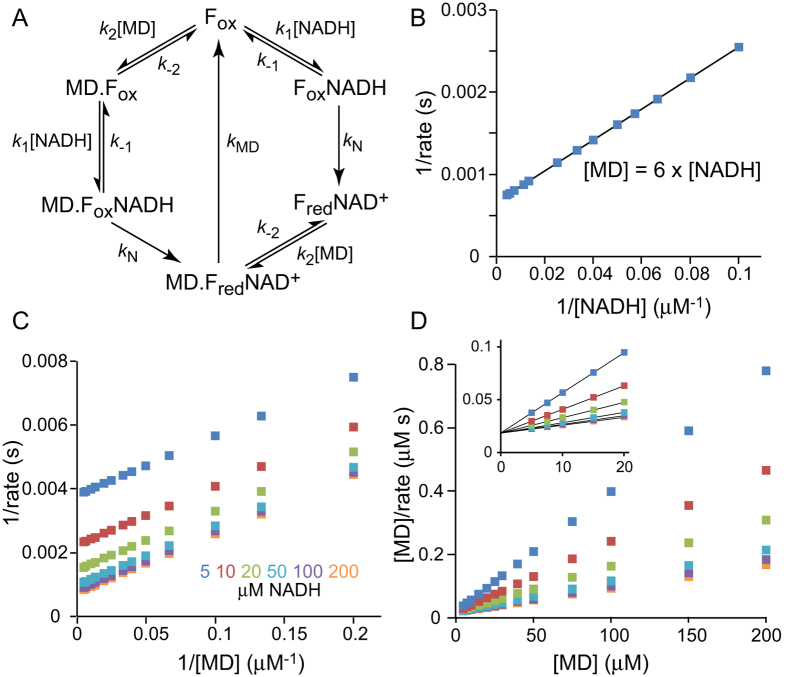Figure 7. Double-reciprocal analyses for a proposed ternary mechanism.
(A) A possible ternary mechanism scheme for NDH-2 that includes two branches, depending on whether menadione (MD) or NADH binds first. The constants k1 and k−1 for NADH binding, k2 and k−2 for Q binding and kN and kMD for their respective reactions do not depend on the sequence of events. Fox and Fred refer to the oxidized and reduced states of the FAD, respectively. (B–D) Data calculated using the scheme in panel A and a plausible set of parameters determined by trial and error to match the data in Fig. 5: k1 = 1.7 × 108 M−1 s−1; k−1 = 5000 s−1; k2 = 1.1 × 108 M−1 s−1; k−2 = 5000 s−1; kN = 3000 s−1 and kMD = 3000 s−1. (B) Cook-Cleland plot with the menadione concentration in a constant ratio of 6:1 with the NADH concentration. (C) Lineweaver-Burk plot using the reciprocal menadione concentration for the set of NADH concentrations shown. (D) Hanes-Woolf plot for the same data and concentrations shown in panel C. The inset shows the low menadione concentration range and the intersection on the y-axis.

